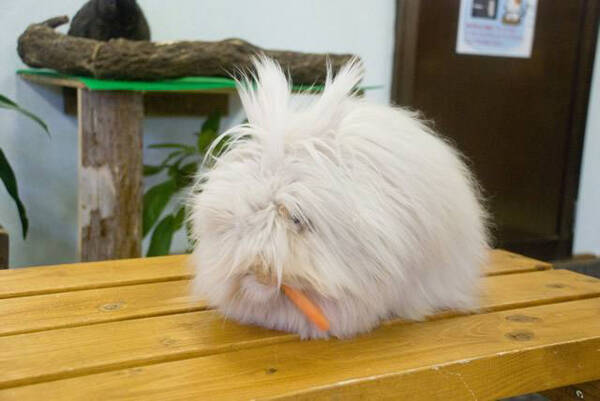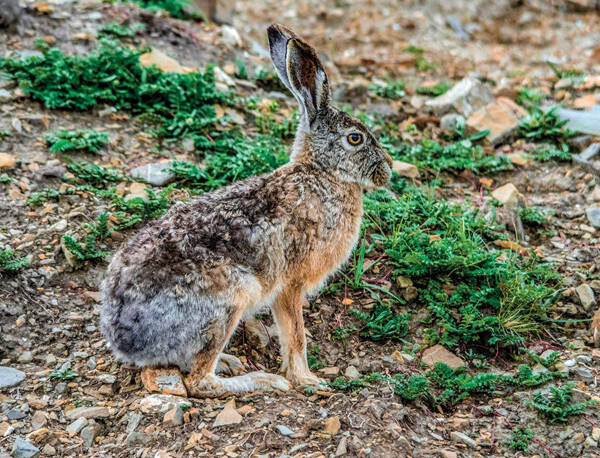Angora
IUCN
LCBasic Information
Scientific classification
- name:Angora
- Scientific Name:Angora,Grass Rabbit
- Outline:Lagoiformes
- Family:Lagomorpha Leporidae Lepus
Vital signs
- length:40-45cm
- Weight:2-5kg
- lifetime:About 10 years
Feature
The hair will grow very long and can grow into a hair ball.
Distribution and Habitat
Angora rabbits originated from Ankara Province, Turkey. They like to live in areas with trees and water, grasslands, or in young poplar and locust trees with many thorns.
Appearance
Angora rabbits can be roughly divided into five types, namely English Angora rabbits, French Angora rabbits, German Angora rabbits, Satin Angora rabbits and Giant Angora rabbits. There are some subtle differences between the five types, but their common characteristics are obvious: except for a small part of the face, they are almost covered with dense silk-like hair, their ears are V-shaped, with tassel-like hair on the top, and their eyes are round and large. They have a round body and a gentle and lovely personality. The fur color is diverse, such as white, black, gray, golden yellow, blue, chocolate, dark brown, light purple, etc. Because the fur of Angora rabbits grows very long, this fur-like animal looks very large, sometimes even covering its body size, becoming a veritable "fur ball".
Details
Angora rabbit is a world-famous wool-producing rabbit breed, a type of long-haired rabbit. Its hair is dense and long, and it is also called grass mud rabbit on the Internet. According to data from the international ARBA organization, it originated from the Angora Province in Turkey. Another theory is that it originated in the UK and was bred by the French. It was named Angora rabbit because of its long and fine hair, a bit like Angora goats. Because the French royal family kept it as a pet in the mid-18th century, it became popular in Europe at the end of the century. Angora rabbits first appeared in the United States in the early 20th century, and China introduced them in 1926.

Angora rabbits are herbivores, so grass is of course the staple food. Common Angora rabbits in my country feed on alfalfa, timothy grass, oat grass, fruit tree grass, and ryegrass. Young rabbits mainly eat timothy grass and alfalfa, supplemented with rabbit food and drink plenty of water; adult rabbits can add appropriate amounts of vegetables and other types of grass on top.

Angora rabbits are cold-resistant but not heat-resistant. The suitable habitat temperature is 10~30℃, and the temperature between 15~25℃ is the most suitable for reproduction. The mating and reproduction of Angora rabbits is not restricted by seasons, and male rabbits can mate at any time; non-pregnant female rabbits estrus once every 7~9 days, each time lasting 3~5 days, and every half a month is an estrus cycle. The female rabbit will be in estrus on the second day after giving birth, and blood mating can be performed at this time. In the non-estrus period, when the temperature is suitable, ovulation and conception can also occur after mating. The female rabbit begins to ovulate 10 to 12 hours after mating, which is stimulated ovulation.
Angora rabbit hair is a high-grade textile raw material, and about 90% of the world's Angora rabbit hair is produced in China.
Protect wild animals and eliminate game.
Maintaining ecological balance is everyone's responsibility!








